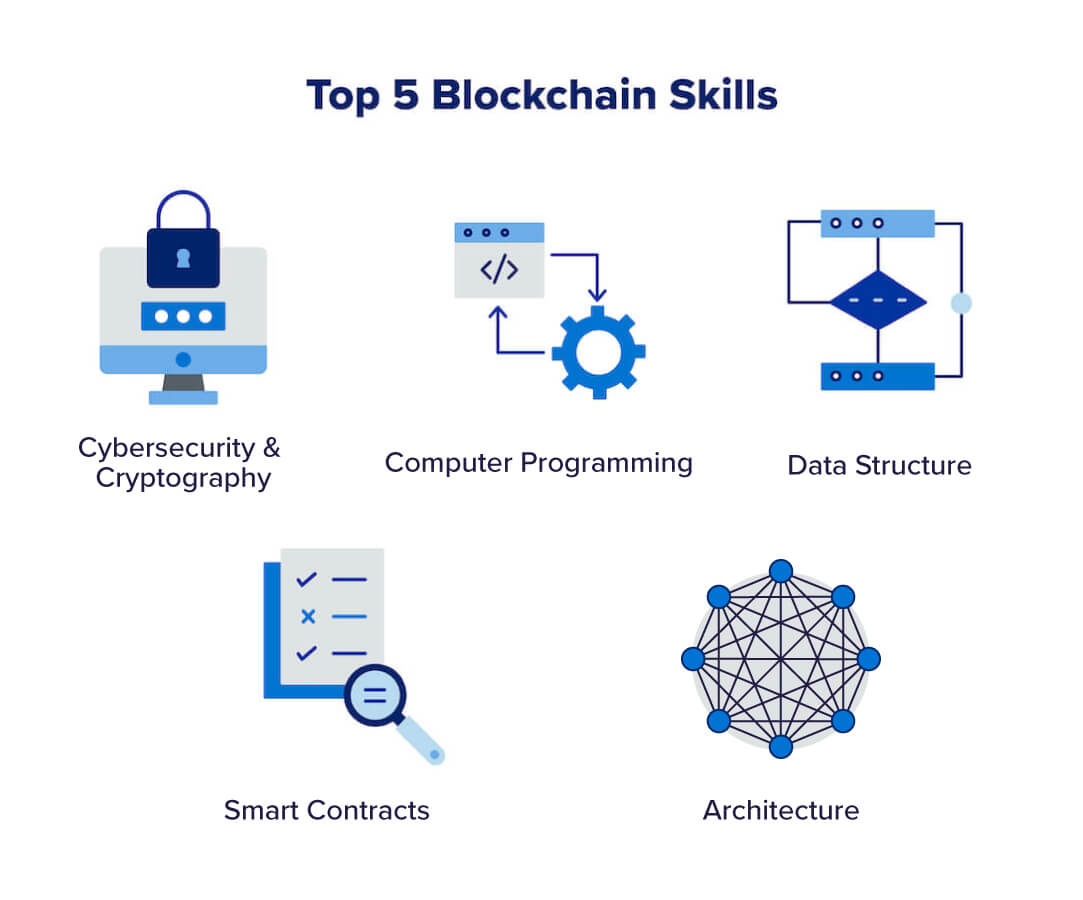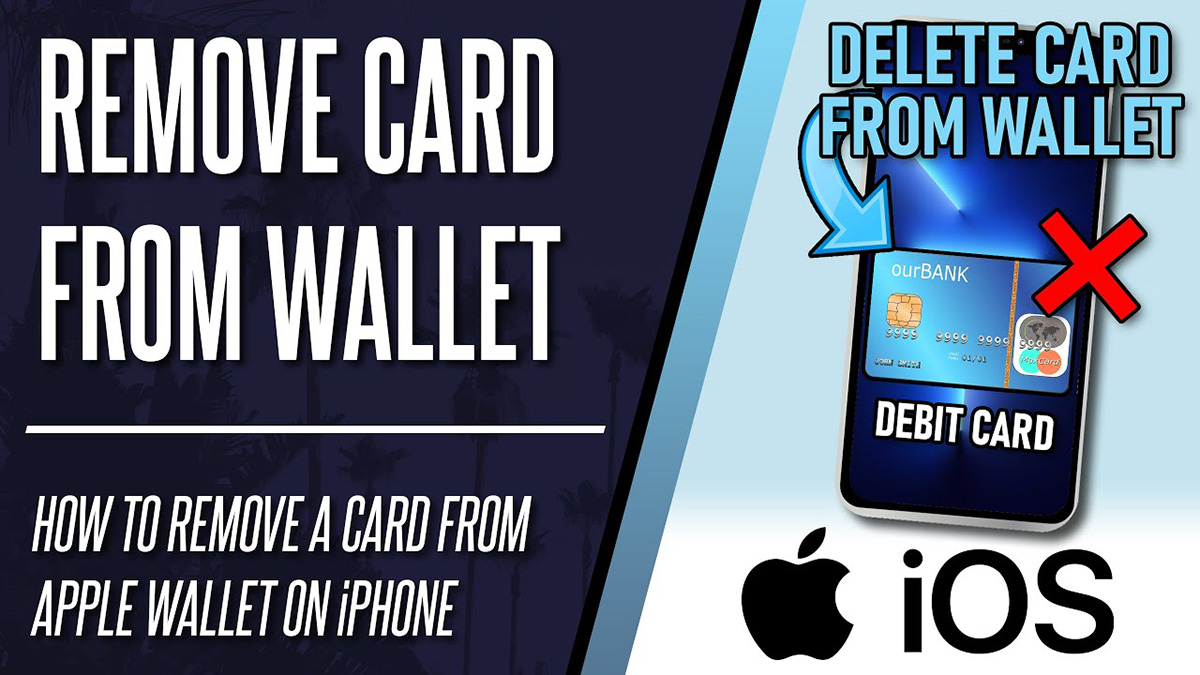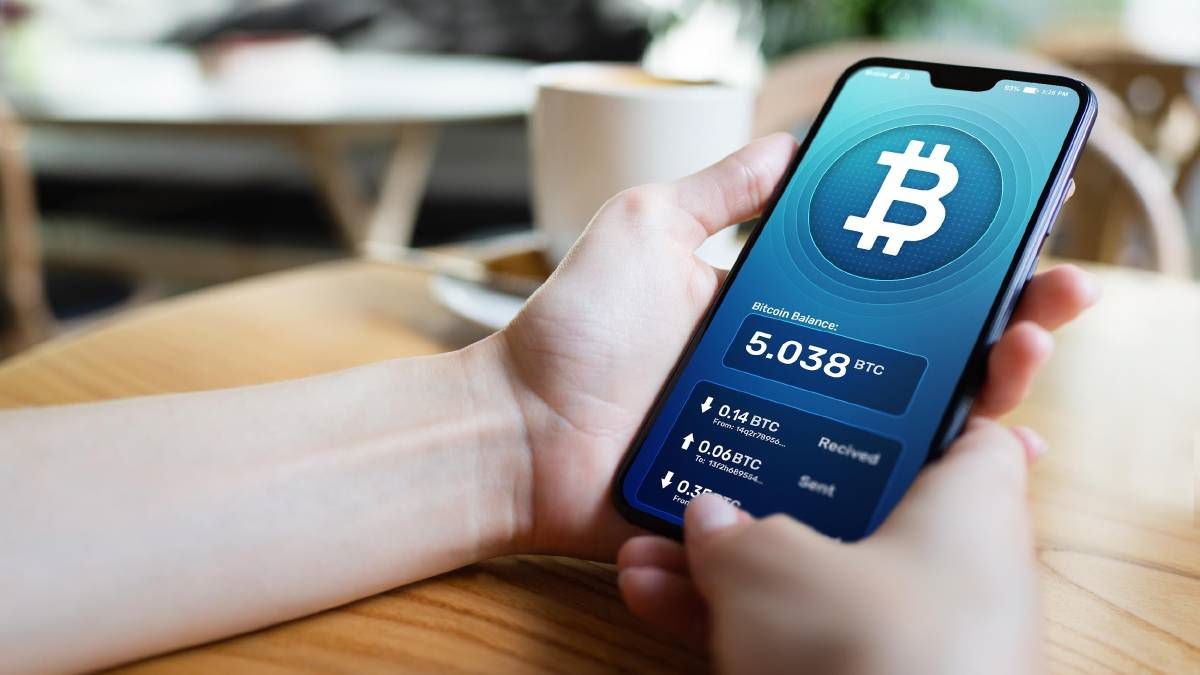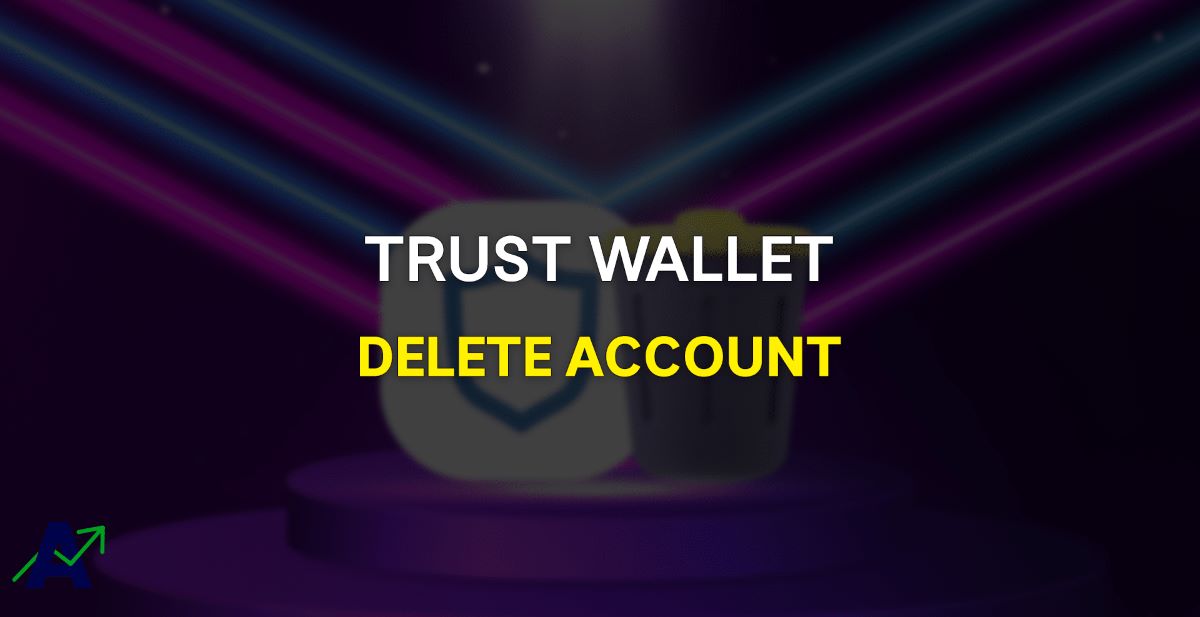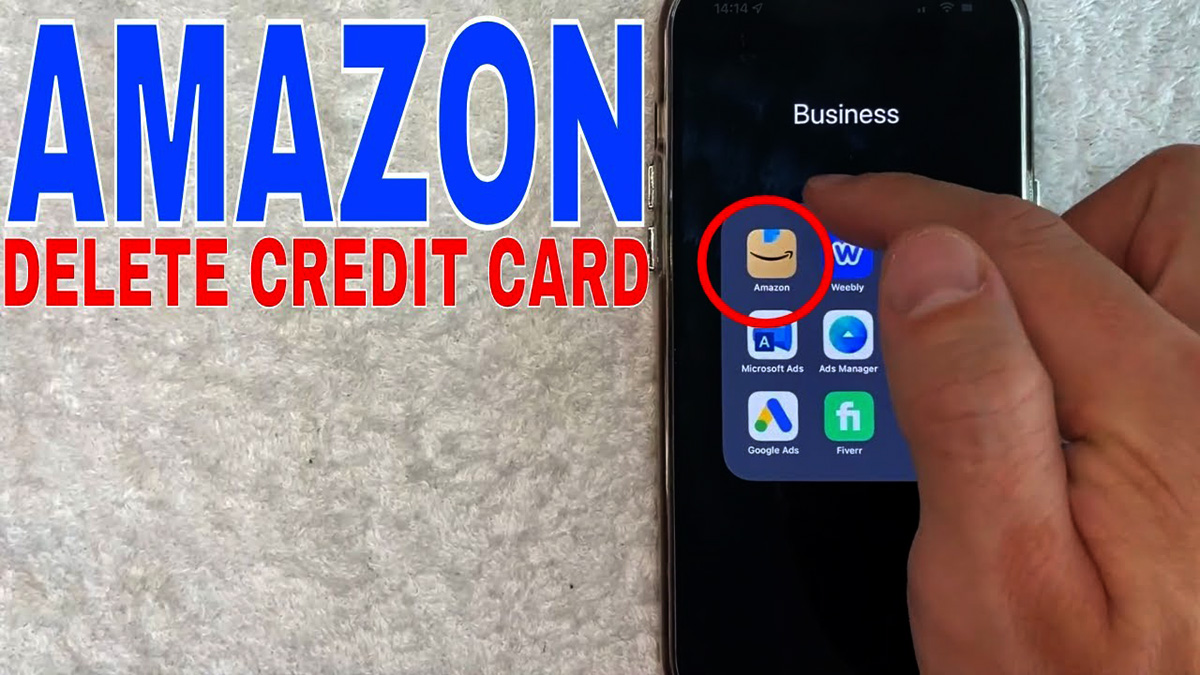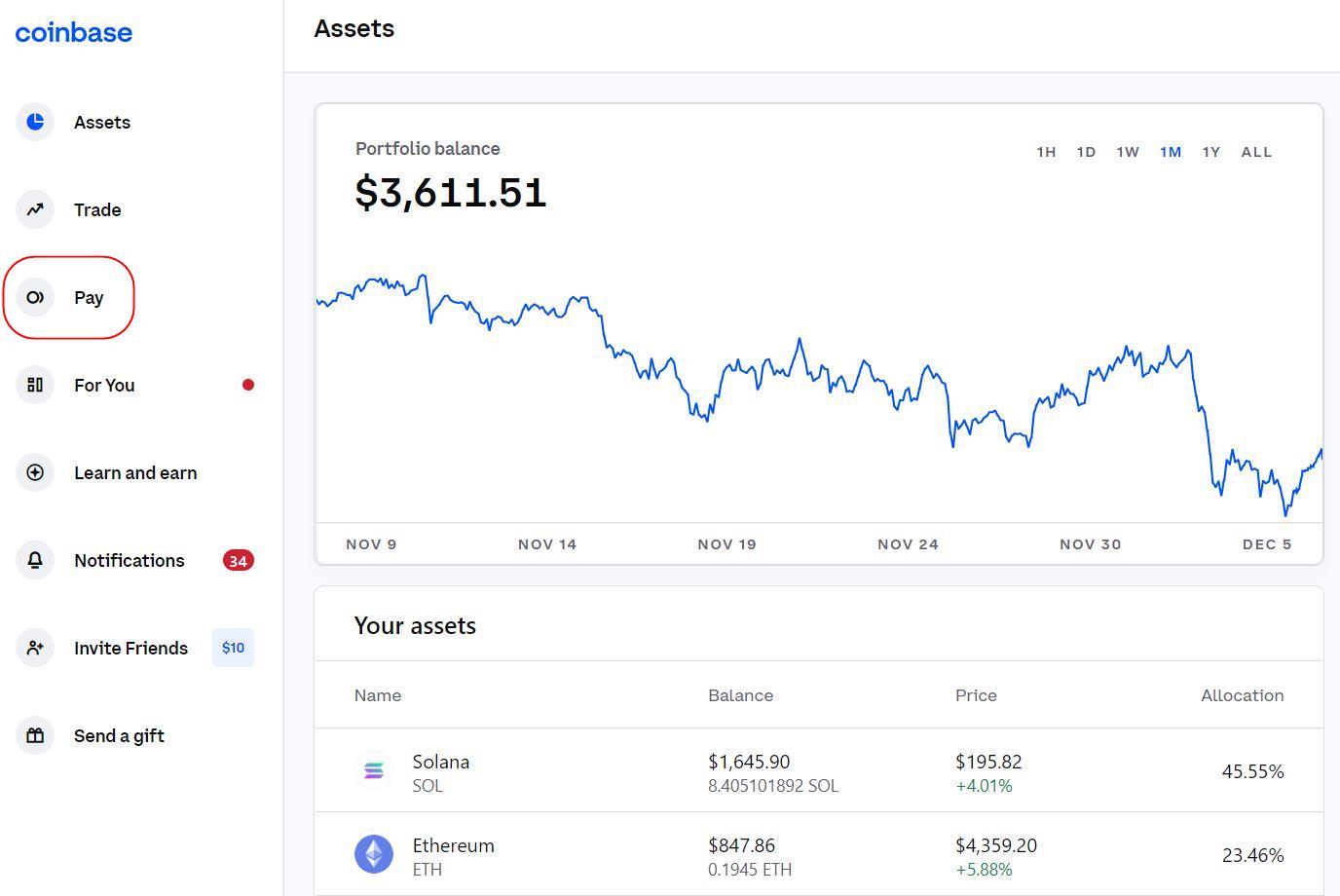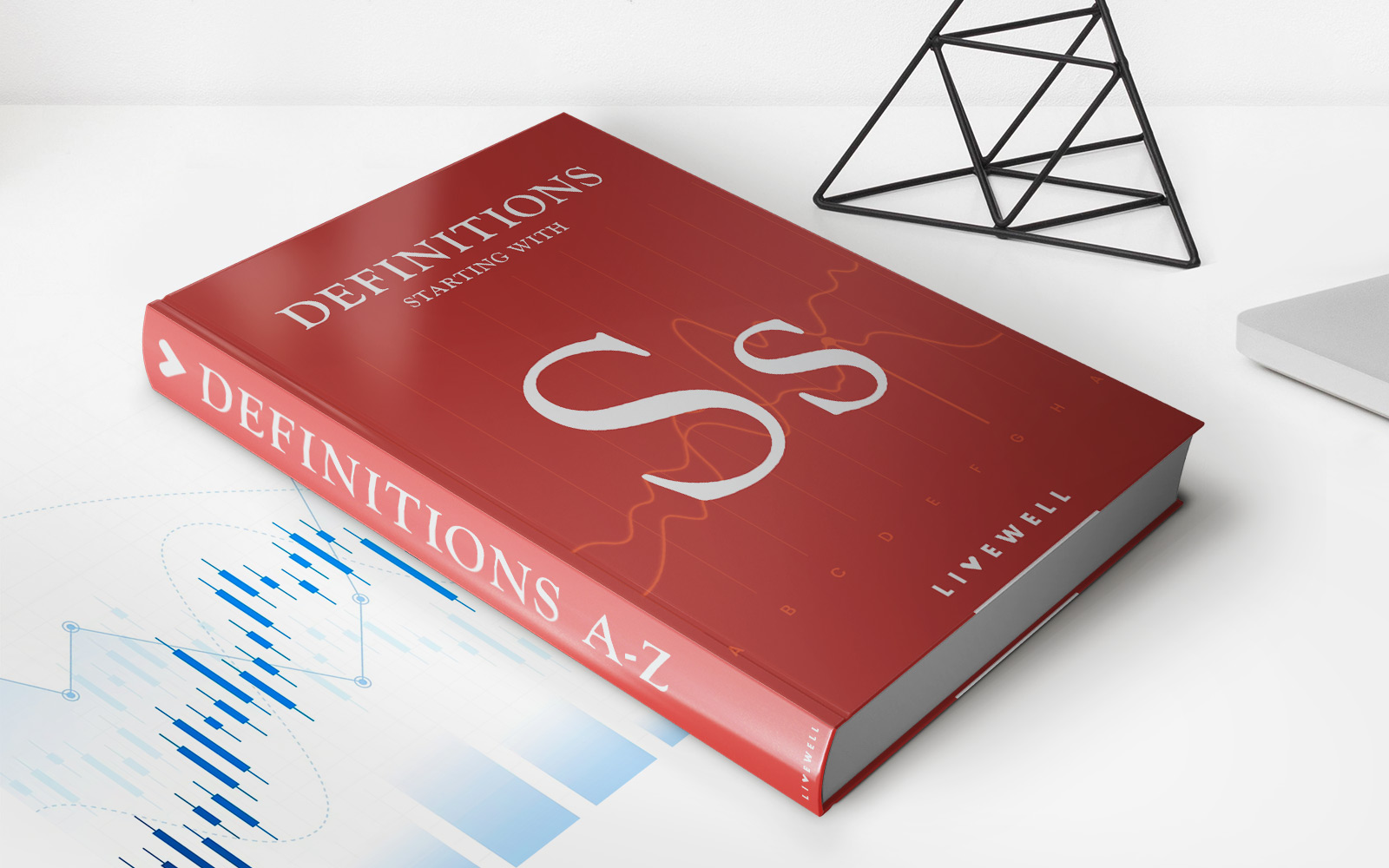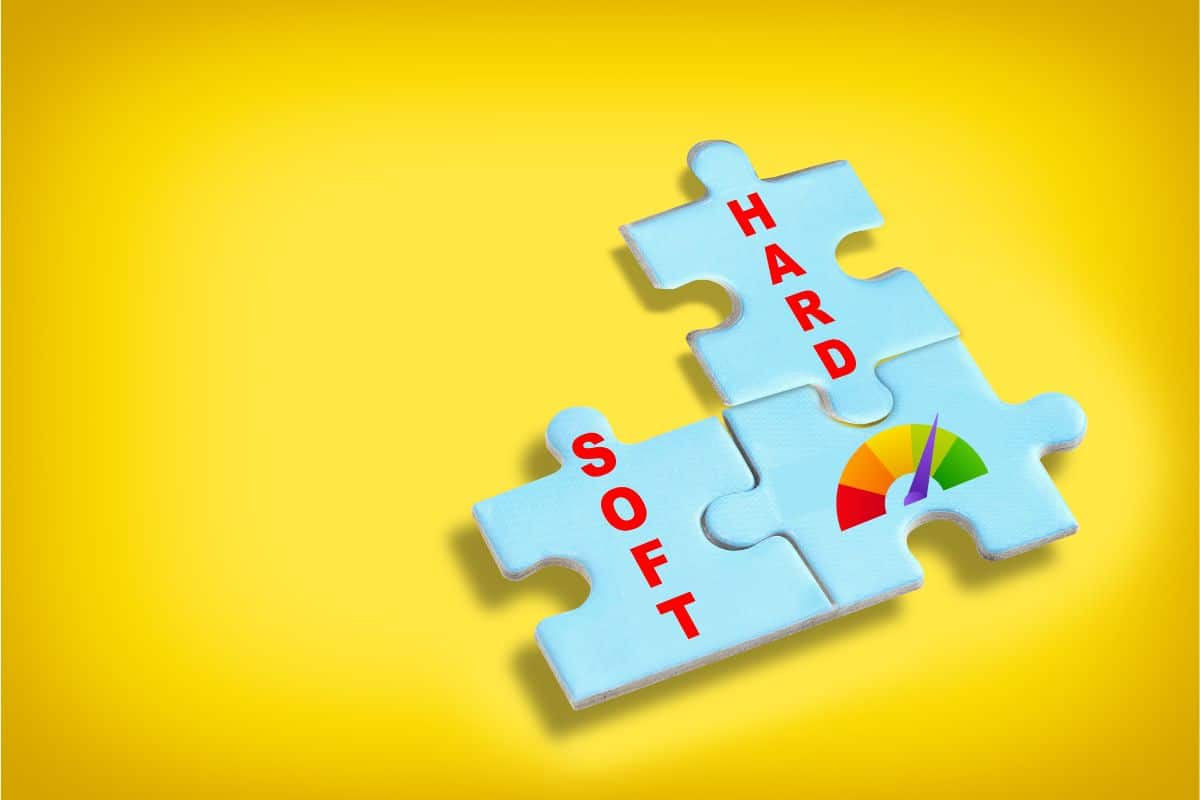Home>Finance>What Happens If I Delete A Blockchain In Monero Wallet
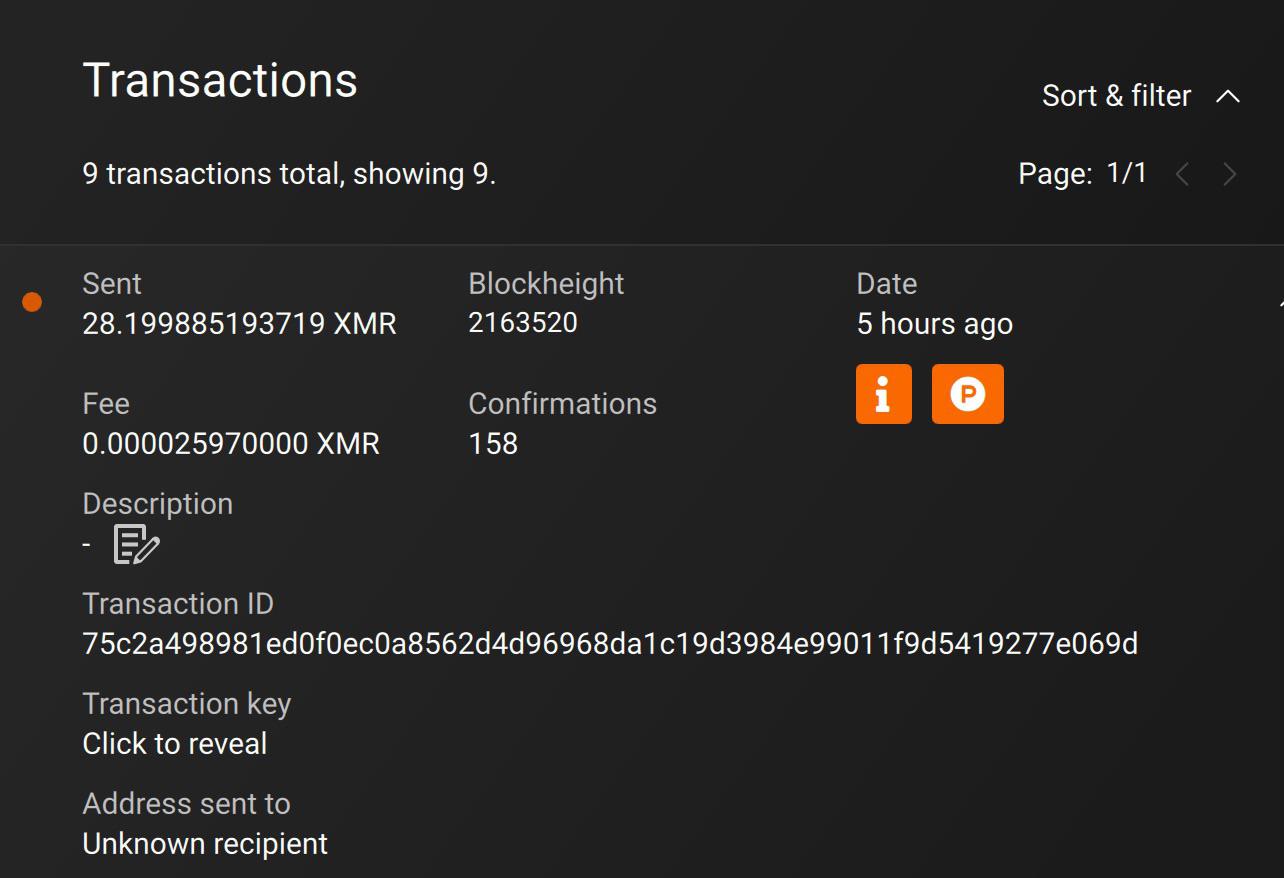

Finance
What Happens If I Delete A Blockchain In Monero Wallet
Published: October 23, 2023
Discover the consequences of deleting a blockchain in a Monero wallet and how it affects your financial transactions in this informative finance guide.
(Many of the links in this article redirect to a specific reviewed product. Your purchase of these products through affiliate links helps to generate commission for LiveWell, at no extra cost. Learn more)
Table of Contents
Introduction
Welcome to the world of Monero, a privacy-focused cryptocurrency that has gained popularity for its secure and anonymous transactions. As a Monero enthusiast, you may have come across the term “blockchain” – the underlying technology that powers cryptocurrencies. In this article, we will explore the concept of deleting a blockchain in a Monero wallet and understand its implications.
The Monero blockchain is a decentralized ledger that records all transactions made with the cryptocurrency. It is a digital ledger consisting of blocks, where each block contains a list of transactions. This blockchain is crucial for the functioning of the Monero network, as it ensures the integrity and transparency of all transactions.
Typically, when you use a Monero wallet, it synchronizes with the full blockchain by downloading and storing a copy of it locally. This process may take some time, depending on the size and growth of the blockchain. Once the synchronization is complete, your Monero wallet can interact with the blockchain and facilitate transactions.
Now, what happens if you decide to delete the blockchain data stored in your Monero wallet? Well, deleting the blockchain essentially means removing the locally stored copy of the blockchain from your device. This action can have several consequences, which we will delve into in the next section.
Understanding Monero Blockchain
Before we dive into the impact of deleting a blockchain in a Monero wallet, let’s gain a better understanding of the Monero blockchain itself. The Monero blockchain is built on a secure and private protocol that enables anonymous transactions.
Unlike traditional cryptocurrencies like Bitcoin, Monero employs advanced cryptographic techniques to obfuscate transaction details, including the sender’s address, recipient’s address, and transaction amount. This ensures that individual transactions are unlinkable and untraceable, providing users with a high level of privacy.
The Monero blockchain consists of a series of data blocks, each containing a set of validated transactions. These blocks are connected sequentially, forming a chain of transactions. The blockchain is maintained by a decentralized network of miners, who validate and append new transactions to the blockchain through a process known as mining.
At the heart of the Monero blockchain is a technology called a ring signature. This signature mixes the spender’s transaction with a group of other random transactions, making it virtually impossible to determine the true origin of the funds. Additionally, Monero utilizes stealth addresses, which generate a unique address for each transaction, further shielding the identities of the sender and recipient.
The Monero blockchain also incorporates a feature called “ring CT” (Confidential Transactions), which ensures the confidentiality of transaction amounts. With ring CT, the actual amounts exchanged in transactions are hidden, allowing users to transact without revealing the specific monetary value being transferred.
Overall, the Monero blockchain is designed to prioritize user privacy and security. By implementing advanced cryptographic techniques and privacy-enhancing features, Monero has created a blockchain that offers unparalleled anonymity in the world of cryptocurrencies.
Now that we have a solid understanding of the Monero blockchain, let’s explore the potential impact of deleting a blockchain in a Monero wallet in the next section.
How Monero Wallets Store Data
Monero wallets play a crucial role in securely managing your Monero funds and interacting with the Monero blockchain. These wallets are responsible for storing your private keys, which allow you to sign transactions and access your funds.
When it comes to storing data, Monero wallets employ a combination of techniques to ensure the security and privacy of your information. Let’s take a closer look at how Monero wallets handle data storage:
- Private Keys: Monero wallets store your private keys, which are crucial for signing transactions and proving ownership of your funds. These keys are typically encrypted and secured with a strong passphrase. It is important to choose a secure passphrase and keep it confidential to protect your wallet and funds.
- Transaction History: Your Monero wallet keeps track of your transaction history, including details such as transaction amounts, addresses involved, and timestamps. This information is stored locally on your device and allows you to monitor your past transactions.
- Synchronization Data: Monero wallets synchronize with the Monero blockchain to stay updated with the latest transactions. During synchronization, the wallet downloads and verifies the blockchain, ensuring that the stored copy is accurate and up to date. This synchronization data is stored in a specific location on your device.
- Wallet Configuration: Monero wallets also store configuration settings specific to your wallet instance, such as preferred language, local currency settings, and display preferences. These settings allow you to customize your wallet experience according to your preferences.
It’s important to note that Monero wallets do not store the entire blockchain itself. Rather, they maintain a local copy of the necessary blockchain data to facilitate transactions and keep your wallet up to date.
With the understanding of how Monero wallets store data, we are now equipped to explore the impact of deleting a blockchain in a Monero wallet in the next section.
The Impact of Deleting a Blockchain in Monero Wallet
Deleting a blockchain in a Monero wallet can have significant implications on the functionality and operation of your wallet. Here are some key points to consider:
- Loss of Transaction History: When you delete the blockchain data stored in your Monero wallet, you essentially remove the record of all previous transactions. This means that you will no longer have access to the transaction history and details of your past Monero transactions. This can be particularly problematic if you need to track or reconcile transactions for accounting or auditing purposes.
- Need for Blockchain Resynchronization: After deleting the blockchain, your Monero wallet will need to resynchronize with the network to obtain the latest transaction data. This resynchronization process can be time-consuming, especially if the blockchain has grown significantly since the last synchronization. It may take several hours or even days to download and verify the entire blockchain, depending on your internet speed and device capabilities.
- Temporary Inability to Transact: While your Monero wallet is in the process of resynchronizing with the blockchain, you may experience a temporary inability to initiate new transactions. This can be frustrating if you need to send or receive Monero during this period. It is important to be aware of this potential disruption and plan accordingly.
- Potential Data Corruption Risks: Deleting the blockchain data from your Monero wallet may carry some risks of data corruption. Although rare, if the deletion process is interrupted or mishandled, it may result in the loss of important wallet data or even render your wallet unusable. It is essential to exercise caution and ensure that you have appropriate backups and safeguards in place before proceeding with any deletions.
- Limited Insight into Network Health: Without a local copy of the blockchain, your Monero wallet will not be able to contribute to maintaining the overall health and integrity of the network. By storing a copy of the blockchain, wallets help validate and propagate transactions, improving the decentralization and security of the Monero network. By deleting the blockchain, you effectively opt-out of this network contribution.
When considering deleting the blockchain in your Monero wallet, it is important to weigh these potential impacts against your specific needs and requirements. If you are facing storage or synchronization issues, alternative data recovery options may be more suitable.
Next, let’s explore the available data recovery options in case you decide to delete the blockchain in your Monero wallet.
Data Recovery Options
If you have accidentally deleted the blockchain in your Monero wallet or if you need to recover your transaction history, there are a few data recovery options available:
- Blockchain Re-download: The most straightforward and commonly recommended option is to re-download the blockchain. Most Monero wallets have a built-in synchronization feature that allows you to download the blockchain data again. This process may take some time, but it ensures that you have the most up-to-date transaction history.
- Importing from a Trusted Source: If you have a backup of the blockchain data from a trusted source, such as a reputable Monero community or a reliable data archive, you can import the blockchain into your wallet. This allows you to quickly restore your transaction history without the need for a full blockchain synchronization.
- Third-Party Blockchain Export: In some cases, third-party services may offer blockchain exports for specific time periods or certain block heights. These exports can be imported into your wallet, providing you with transaction history up to a certain point. However, exercise caution when using third-party services and ensure they are reputable and trustworthy before proceeding.
- Backup Restoration: If you have previously created a backup of your wallet, it may include the blockchain data. By restoring your wallet from this backup, you can retrieve the deleted blockchain along with your transaction history. It’s essential to regularly create and update backups to protect against data loss and facilitate future recovery if needed.
Regardless of the data recovery option you choose, it’s crucial to ensure the integrity and security of the recovered blockchain data. Verify the source of the blockchain, check for data consistency, and ensure that you are importing it into a reputable and trusted Monero wallet.
Remember to always exercise caution when downloading or importing blockchain data, as there is a risk of encountering malicious or tampered files. Stick to official and trusted sources to minimize these risks.
In the next section, let’s explore some potential risks and considerations you should be aware of when it comes to deleting a blockchain in a Monero wallet.
Potential Risks and Considerations
Before deleting the blockchain in your Monero wallet, it is crucial to consider some potential risks and take necessary precautions:
- Data Loss: Deleting the blockchain data without proper backups can result in permanent data loss. If you do not have a backup of your wallet or the blockchain data, you may lose all transaction history and potentially your access to your Monero funds. It is highly recommended to regularly back up your wallet and keep the backups in a secure location.
- Transparency: Deleting the blockchain removes the ability to independently verify the validity of Monero transactions. By relying solely on external sources for transaction information, you are putting trust in those sources without the ability to verify the information yourself. This can impact your trust in the Monero network and its transparency.
- Privacy Concerns: While Monero provides strong privacy features at the protocol level, deleting the blockchain may expose your transaction history to external entities. By relying on external sources for transaction data, you may inadvertently reveal information that compromises the privacy of your Monero transactions.
- Resynchronization Time: It’s important to consider the time it takes to resynchronize your Monero wallet with the blockchain after deletion. This process can be time-consuming, especially if the blockchain has grown significantly since your last synchronization. It may temporarily limit your ability to transact with Monero and access your funds.
- Network Contribution: By deleting the blockchain, you are opting out of actively participating in the Monero network’s validation process. The network relies on individual wallets to help validate and propagate transactions. Without a local copy of the blockchain, your ability to contribute to the network’s health and decentralization is diminished.
Considering these risks, it is important to evaluate the benefits and necessities of deleting the blockchain in your Monero wallet. If the primary motivation is to free up storage space, explore alternative storage solutions or consider using lightweight wallets that do not store the full blockchain locally.
Always exercise caution and ensure you have appropriate backups and safeguards in place before deleting any blockchain data. Regularly backing up your wallet and keeping your private keys secure are fundamental practices to protect your Monero funds and transaction history.
Next, let’s conclude the article with a summary of the key points discussed.
Conclusion
Deleting a blockchain in a Monero wallet is not a decision to be taken lightly. It can have several implications on the functionality, security, and privacy of your wallet and transaction history. Understanding the potential impact and considering the available data recovery options is crucial before proceeding with any deletions.
The Monero blockchain serves as the backbone of the cryptocurrency, maintaining the integrity and privacy of transactions. Deleting the blockchain will result in the loss of transaction history, requiring resynchronization or data recovery measures to regain access to that information.
When contemplating deleting the blockchain, it is important to weigh the benefits against the potential risks. Data loss, transparency concerns, and the time required for resynchronization are some of the factors to consider. Additionally, the impact on network contribution and individual privacy should be taken into account.
If you find it necessary to delete the blockchain in your Monero wallet, explore reliable data recovery options such as re-downloading the blockchain, importing from trusted sources, or restoring from backups. Always ensure the integrity and security of the recovered blockchain data by verifying the source and checking for data consistency.
Remember to prioritize regular backups of your wallet and safeguard your private keys to prevent potential data loss and facilitate future recovery if needed. By maintaining good data management practices, you can minimize the risks associated with deleting the blockchain in your Monero wallet.
In conclusion, deleting a blockchain in a Monero wallet should be approached with caution and careful consideration. Assess the trade-offs, evaluate the consequences, and make an informed decision based on your specific needs and requirements.
Stay informed, stay vigilant, and continue to explore the fascinating world of Monero and its privacy-centric ecosystem.

